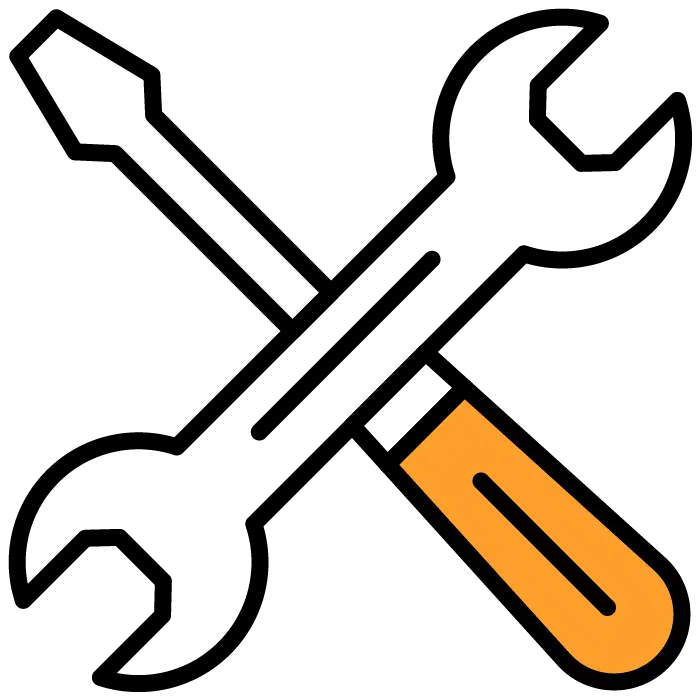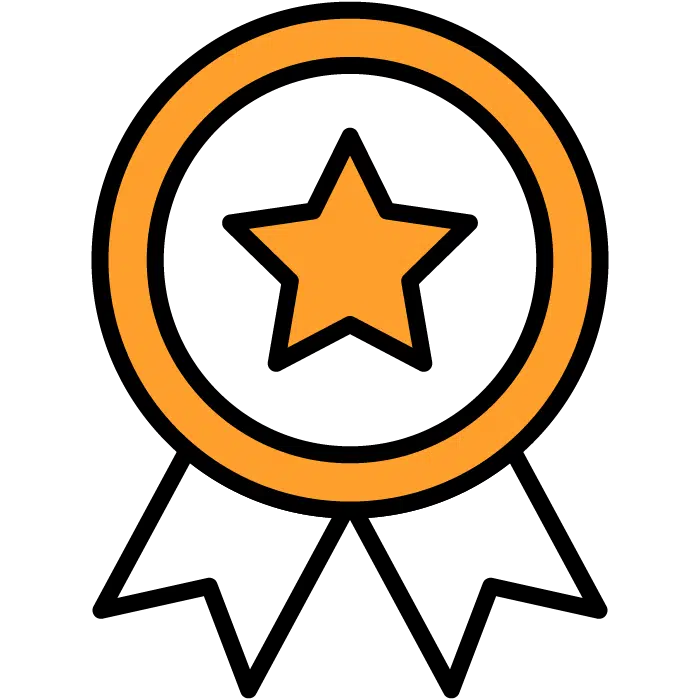In the dynamic world of HR management, staying on top of your processes isn’t just a regulatory necessity—it’s a pathway to operational excellence. Imagine a company, let’s call it Meridian Tech, where the HR team was swamped by endless tasks and overlooked details, risking compliance issues and inefficiencies. That’s when the leadership decided it was time to invest in a thorough HR audit.
Why Conduct an HR Audit?
For CEOs, HR professionals, recruiters, and hiring strategists, an HR audit is more than a checklist; it’s a diagnostic tool. It helps you:
- Identify Gaps: Spot inconsistencies in policies, procedures, and documentation.
- Mitigate Risks: Ensure adherence to legal requirements and internal standards.
- Drive Improvement: Develop action plans for continuous process enhancements.
Meridian Tech’s turning point came when they discovered that their routine processes were misaligned with evolving regulations. This realization spurred them to adopt a structured HR audit process, which transformed their HR operations from reactive to proactive.
Step 1: Pre-Audit Planning
Before diving in, it’s essential to set clear objectives. Ask yourself:
- What areas of HR need a thorough review—hiring, onboarding, compliance, or all of the above?
- What documents and data will be required?
At this stage, preparing a comprehensive HR Checklist can provide a solid foundation. It acts as the blueprint for what needs to be reviewed, ensuring no detail is overlooked.
Step 2: Gathering Data & Documentation
Collect all relevant HR documents such as policies, training materials, employee records, and compliance reports. This step is crucial for an effective review. Meridian Tech found that organizing their documentation not only saved time but also highlighted areas for immediate improvement.
For a more structured approach, consider using an HR Compliance Checklist to verify that all legal and regulatory standards are being met.
Step 3: Conducting Interviews and On-Site Reviews
Next, schedule interviews with key HR team members and department heads. Discuss how policies are implemented and gather insights on daily practices. This stage is all about understanding the practical application of your HR policies.
As you move forward, cross-reference your findings with tools like the HR Onboarding Checklist to ensure that the initial steps of the employee lifecycle are robust and compliant.
Step 4: Analyzing Findings
With all the data in hand, review your findings carefully. Look for trends, common issues, and compliance gaps. Create a summary report highlighting strengths, weaknesses, and opportunities for improvement. This analysis becomes the cornerstone for developing targeted action plans.
Step 5: Developing an Action Plan
Based on the analysis, prioritize areas that require immediate attention. Develop an action plan that includes:
- Specific steps to address compliance gaps.
- Timelines for implementation.
- Assignments of responsibilities to the relevant team members.
This strategic plan ensures that your HR department moves forward with a clear, actionable roadmap.
Step 6: Follow-Up and Continuous Improvement
An HR audit isn’t a one-and-done task. Regular follow-ups and reviews are essential to ensure that the implemented changes are effective and that the HR practices remain aligned with evolving regulations. Regular audits help maintain a culture of continuous improvement, ensuring your HR operations always remain at peak efficiency.
Your Next Steps
Whether you’re just starting out or looking to refine your existing processes, a comprehensive HR audit can offer clarity and direction. Explore our array of resources at Discovered.ai to further enhance your HR strategy. Check out our HR Checklist for a holistic overview of HR essentials, or dive into our HR Compliance Checklist for more targeted guidance.
By integrating these tools into your routine, you’re not just complying with regulations—you’re setting the stage for long-term success and operational excellence.
Embrace the journey of continuous improvement, and let your HR audit be the cornerstone of your strategic HR management.




